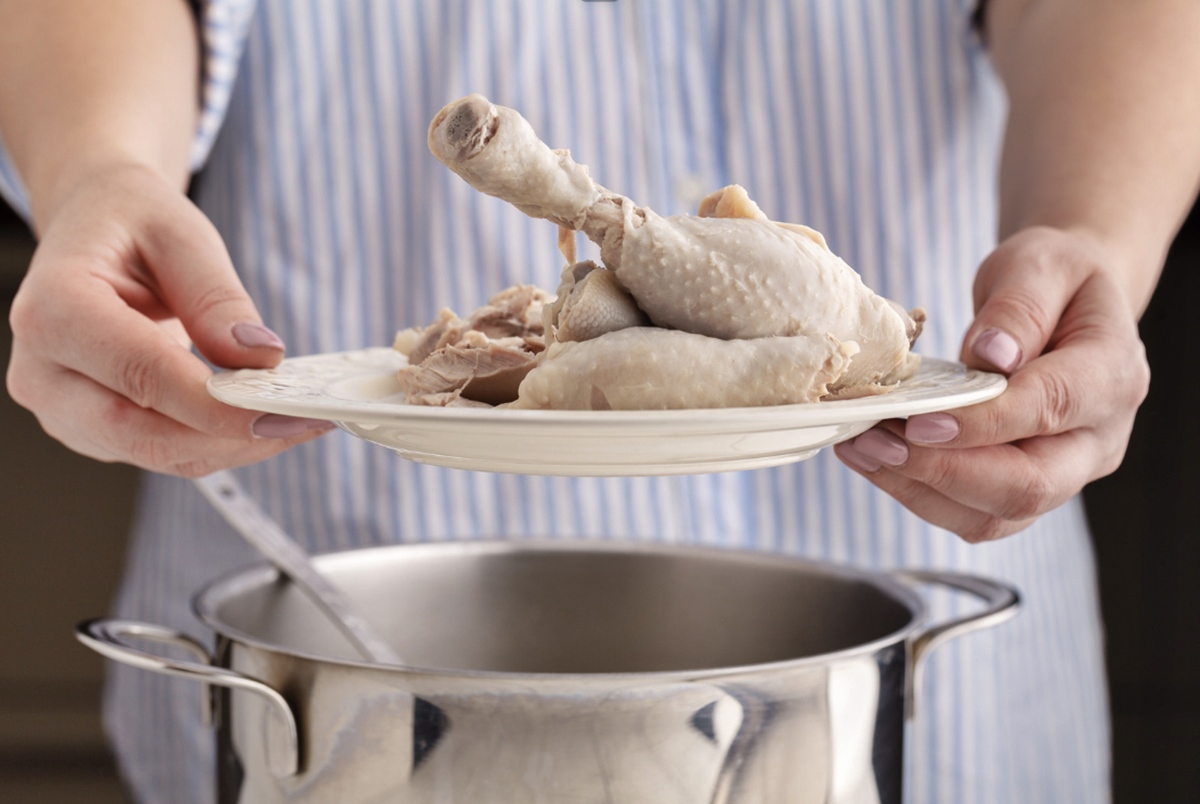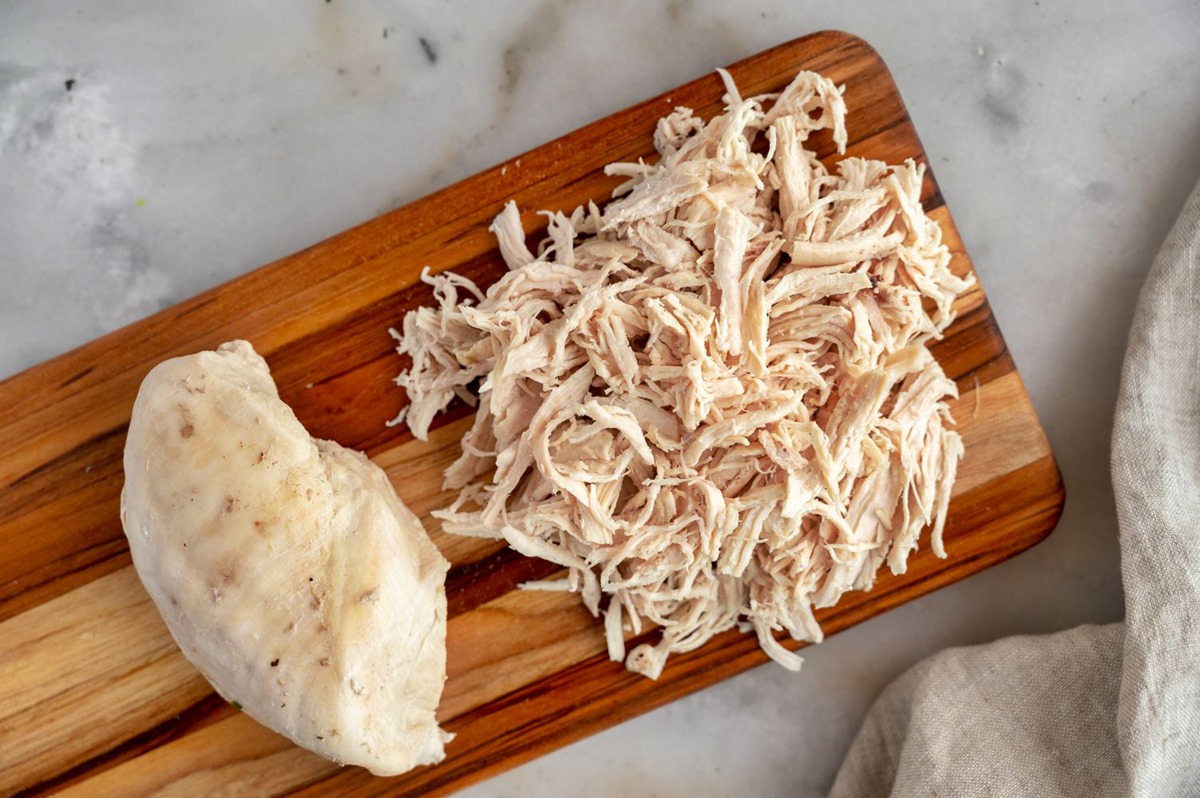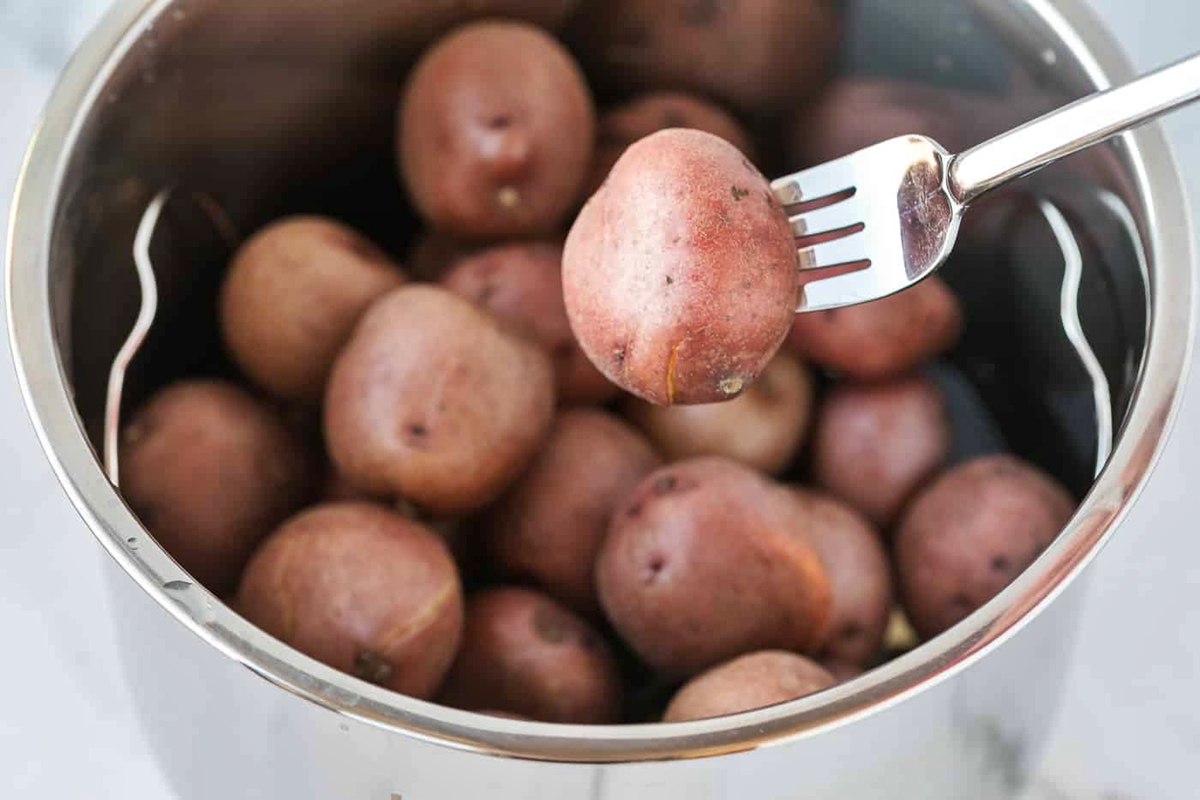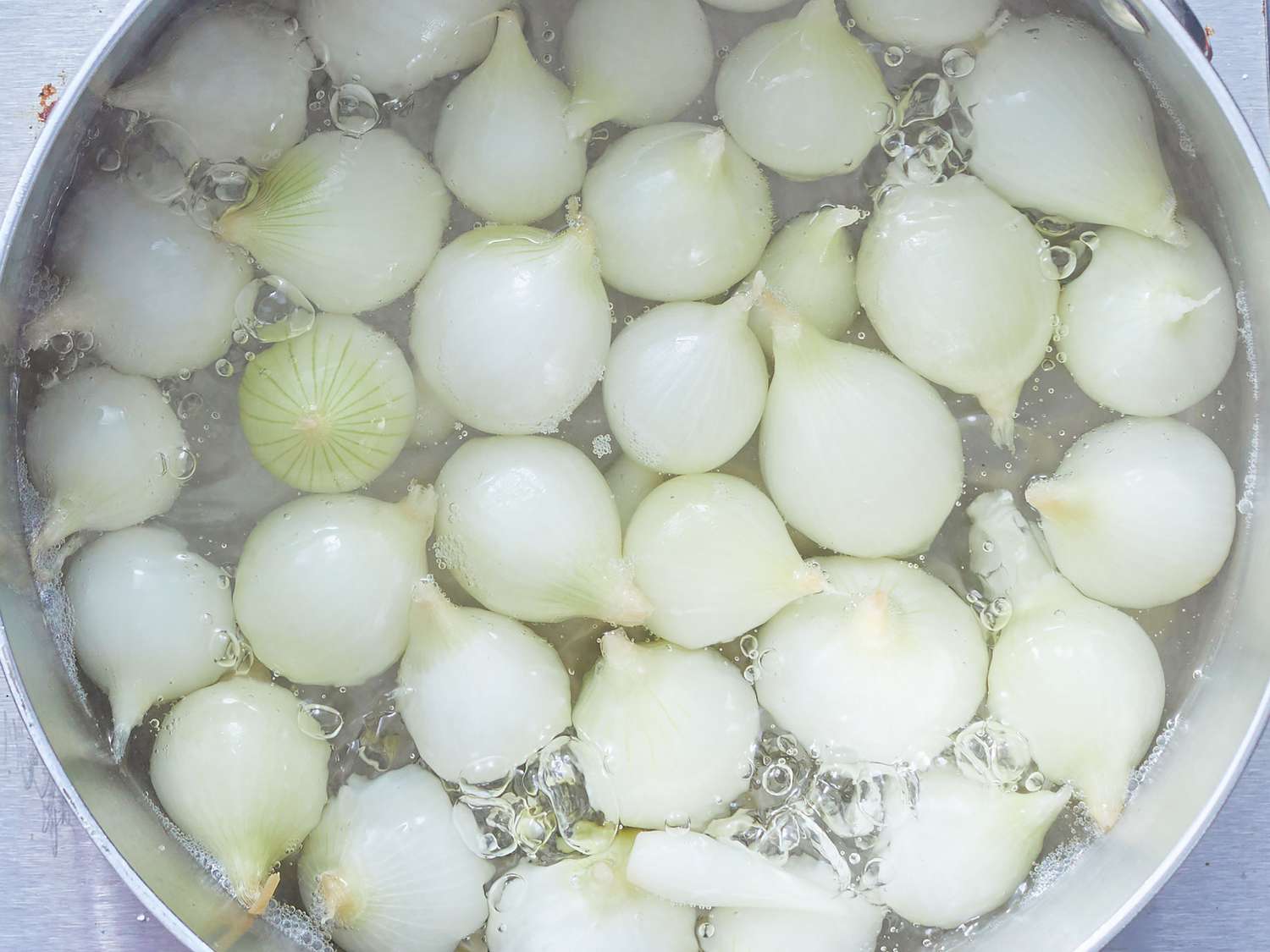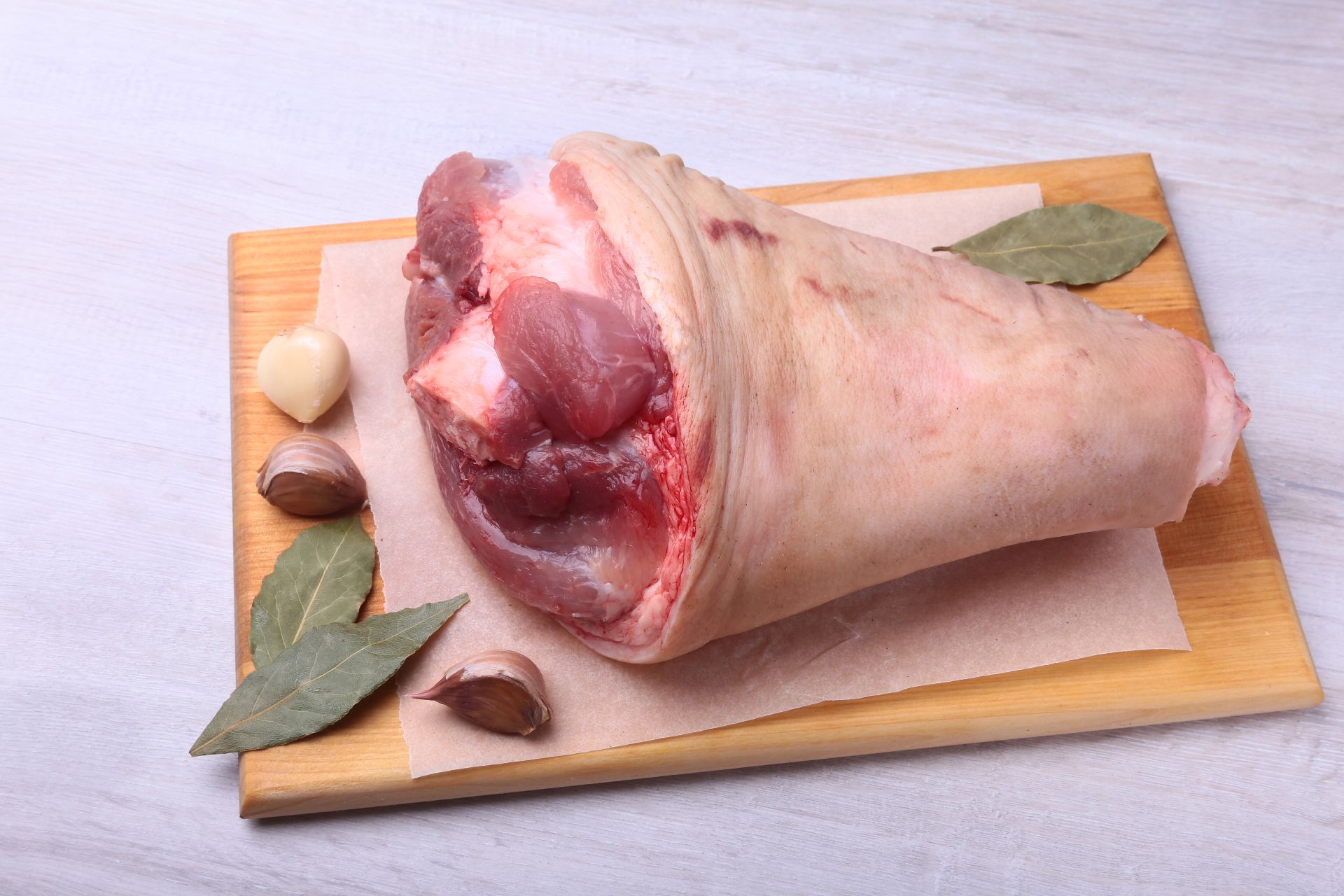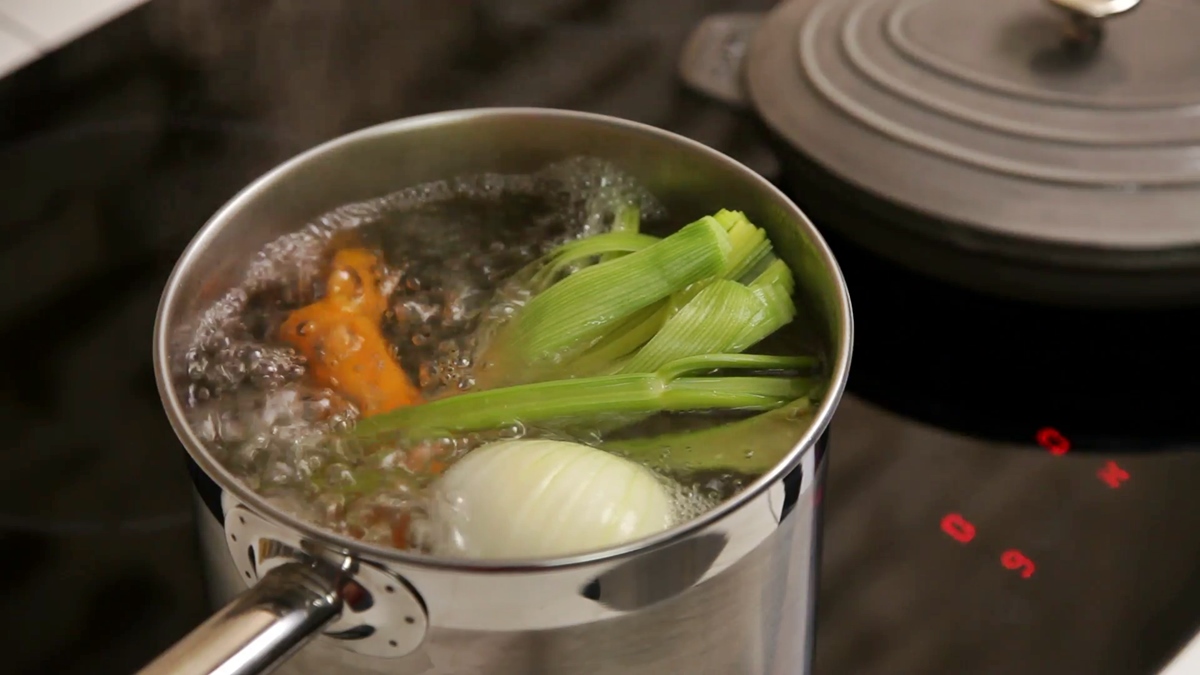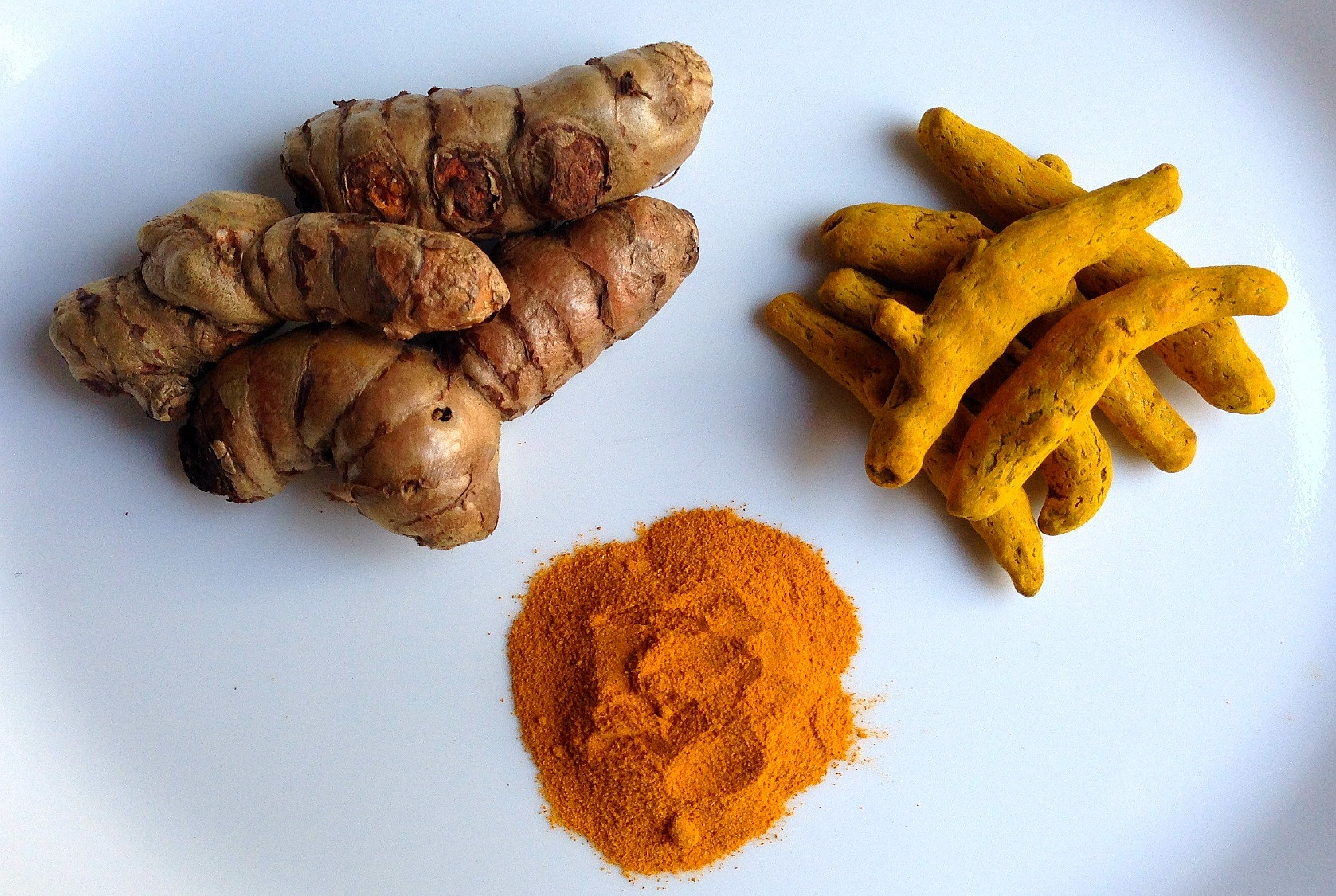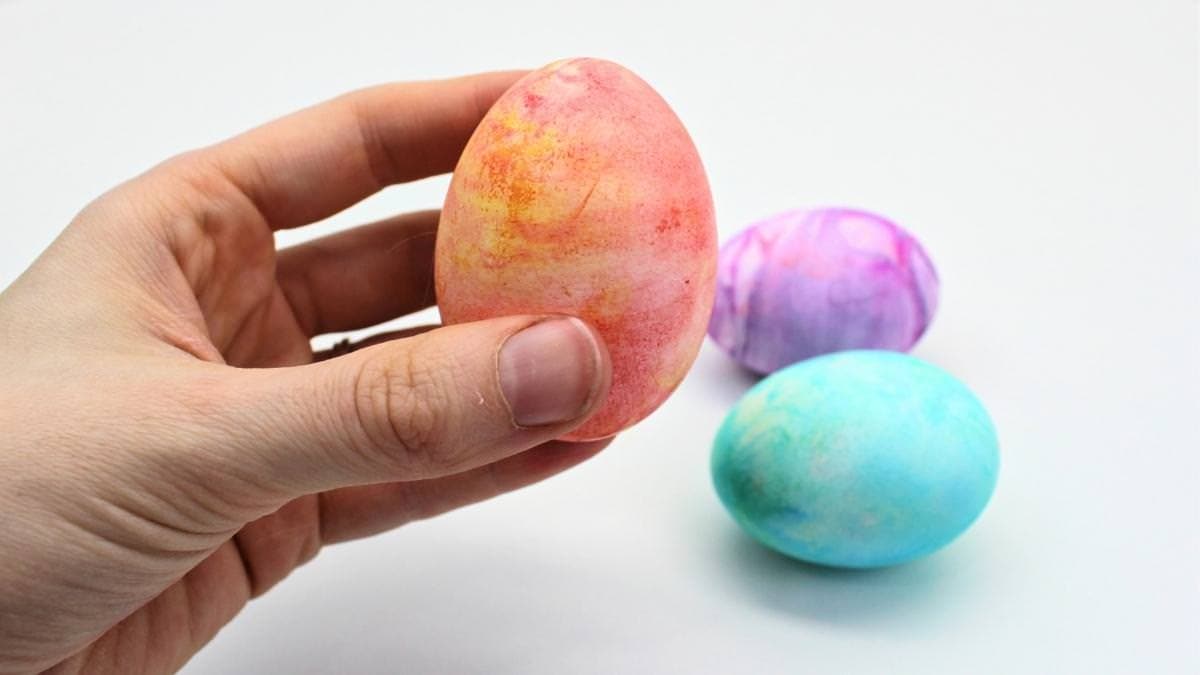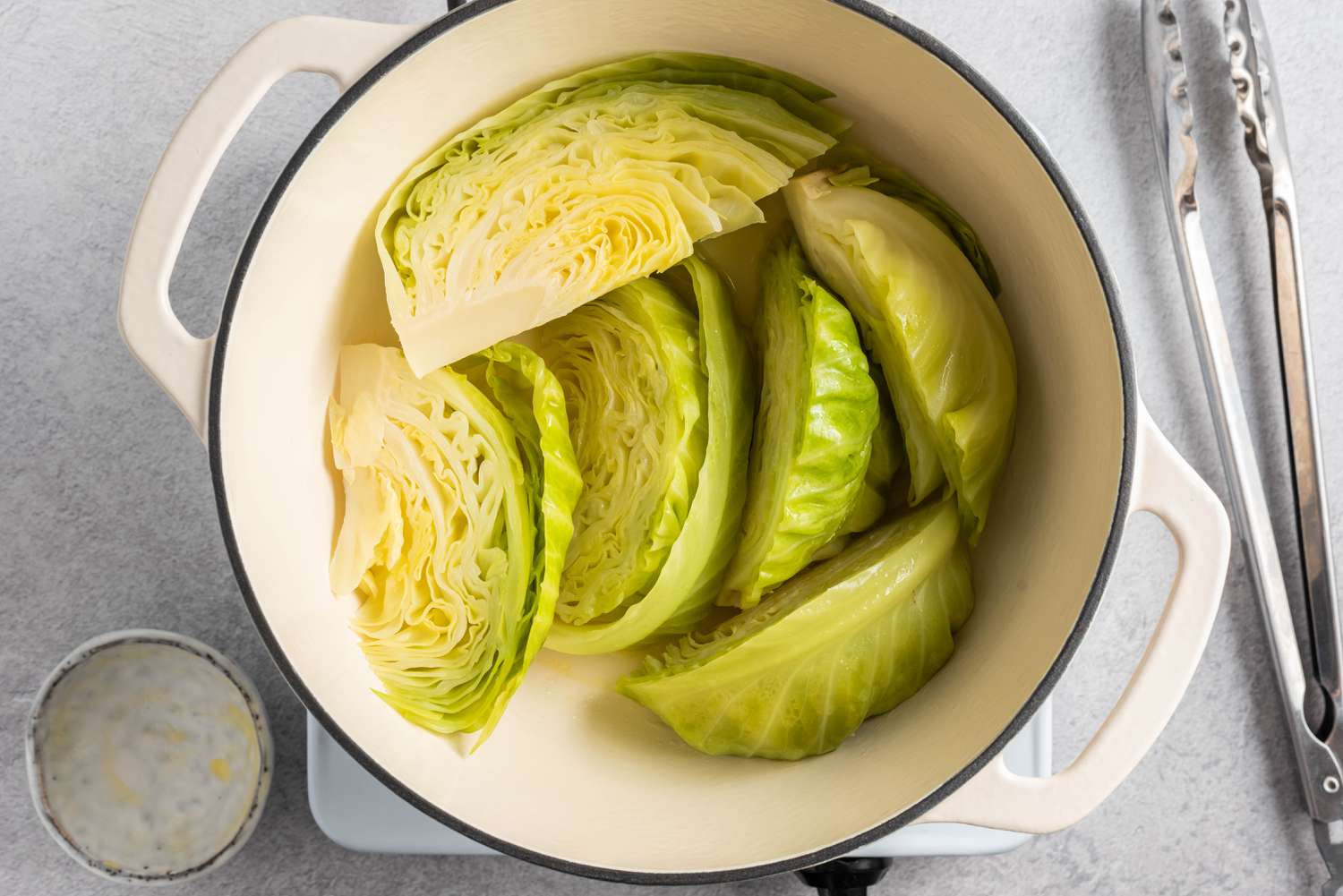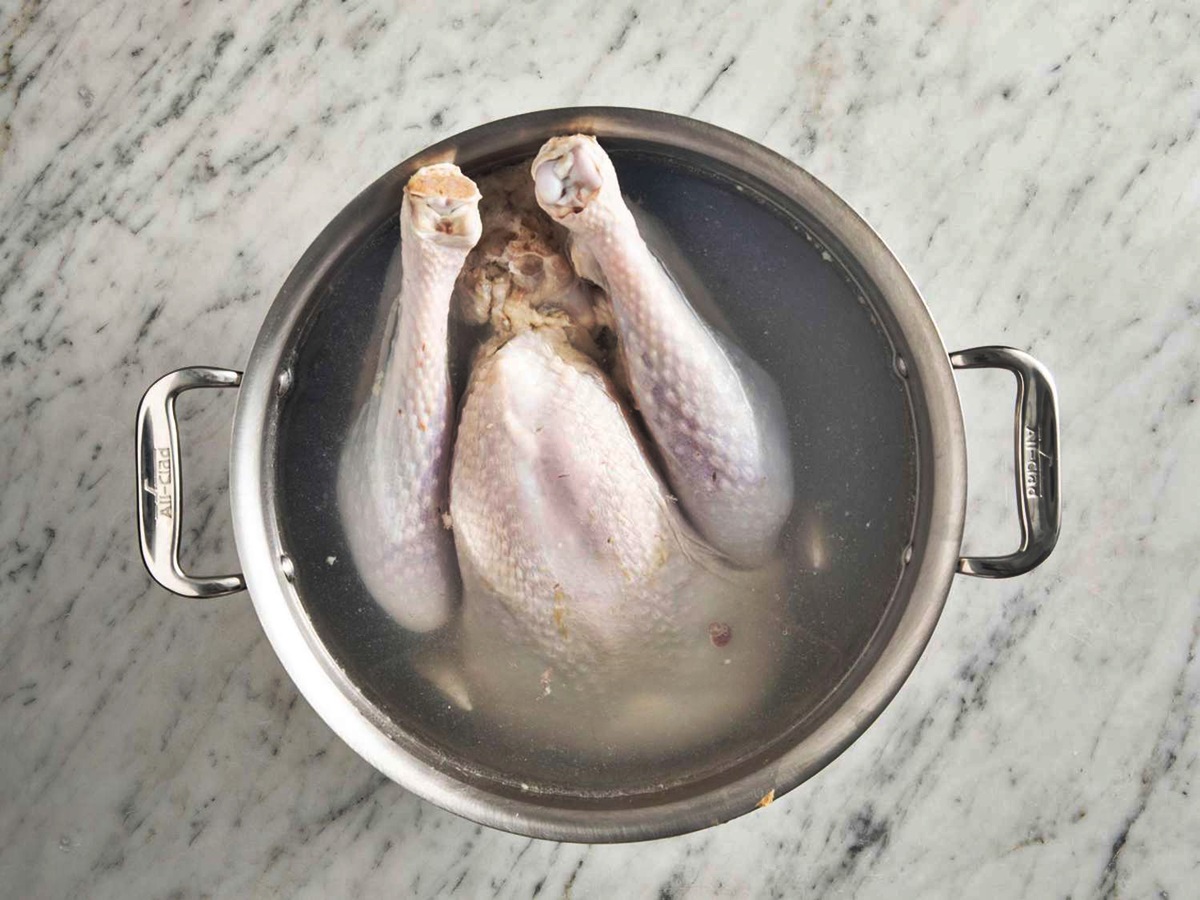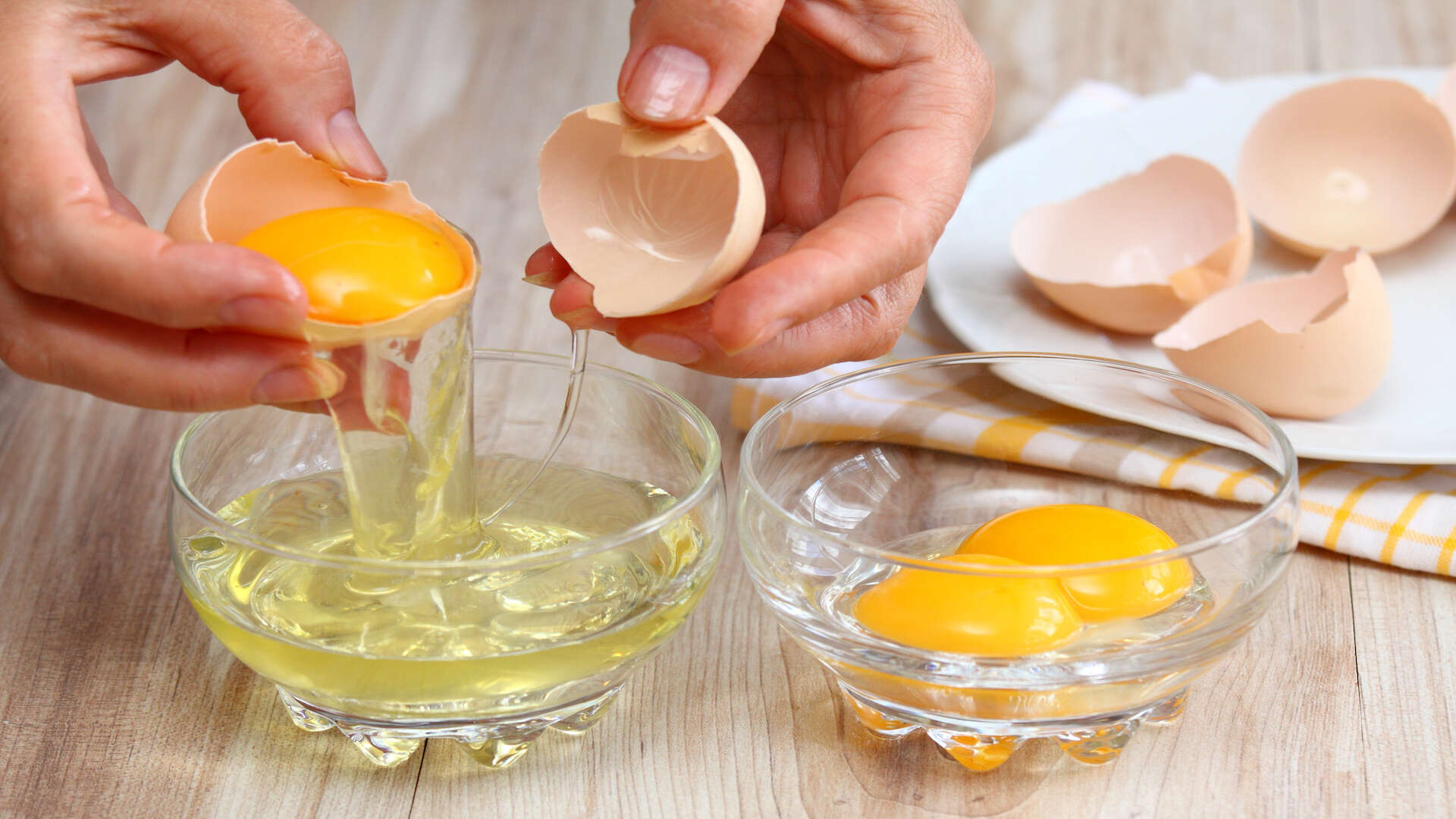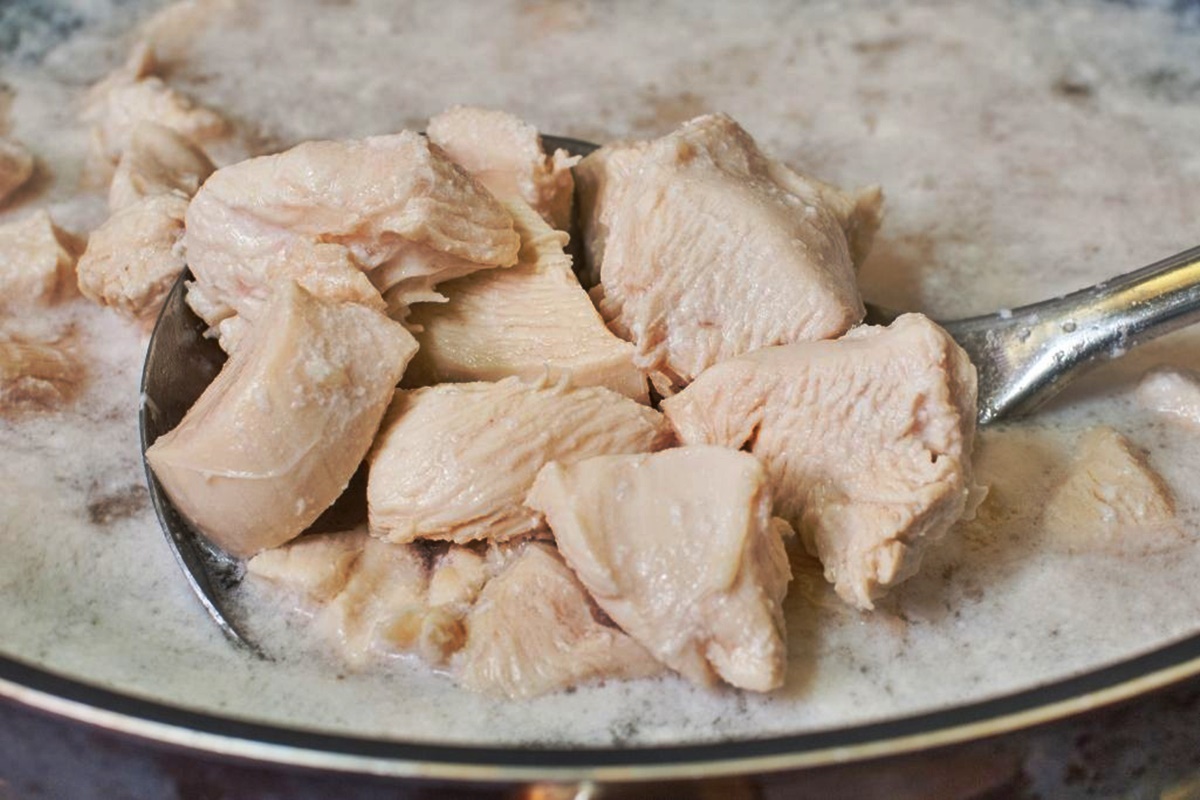How to Boil Peanuts: A Simple Guide
If you’re a fan of nuts, you’ve probably enjoyed a variety of flavors and textures. But have you ever tried the delightful taste of boiled peanuts? This Southern delicacy is a treat for your taste buds, offering a unique and savory experience that you won’t want to miss. In this guide, we’ll walk you through the simple steps to boiling your own peanuts at home.
Why Boil Peanuts?
Before we dive into the boiling process, let’s talk about why you should give boiled peanuts a try. Boiling peanuts not only enhances their flavor but also transforms their texture. The boiling process softens the peanuts, giving them a tender and slightly chewy consistency. This makes them incredibly addictive and perfect for snacking on.
What You’ll Need
Before you start boiling, make sure you have these essentials on hand:
- Raw peanuts: Look for fresh, unroasted peanuts. You can find them at your local grocery store or farmer’s market.
- Water: Sufficient amount to cover the peanuts completely while boiling.
- Salt: Add a generous amount of salt to infuse the peanuts with a savory taste.
- Spices (optional): Feel free to experiment with spices like cayenne pepper, paprika, or garlic powder to add an extra kick to your boiled peanuts.
- Large pot: A spacious pot will accommodate the peanuts and allow them to cook evenly.
The Boiling Process
Now that you have all the necessary ingredients, let’s get started on boiling those peanuts:
- Start by rinsing the raw peanuts under cool water to remove any dirt or debris.
- In a large pot, add enough water to cover the peanuts completely.
- Add salt to the water and stir until it dissolves.
- If you want to add spices, now is the time to do so. Sprinkle in your desired spices and give it a good stir.
- Place the pot on the stove and bring the water to a boil.
- Once the water reaches a rolling boil, reduce the heat to low and let the peanuts simmer.
- Cover the pot with a lid and let the peanuts boil for 1.5 to 2 hours. Keep an eye on the water level and add more if needed.
- After the designated time, carefully scoop out a peanut and give it a taste test. If it’s tender and flavorful, they are ready to be enjoyed!
- Once cooked, drain the water and let the peanuts cool down slightly before serving.
Enjoying Your Boiled Peanuts
Now that you have a batch of delicious boiled peanuts ready, it’s time to savor the flavors:
- Enjoy them as a snack: Boiled peanuts are perfect for snacking. Grab a handful and indulge in their unique flavor and texture.
- Add them to recipes: Boiled peanuts can be a versatile ingredient. Use them in salads, stir-fries, or as a topping for soups to add a delightful twist.
- Experiment with flavors: Don’t be afraid to get creative with your boiled peanuts. Sprinkle them with different spices or seasonings to match your preferences.
- Share with friends: Boiled peanuts make a great conversation starter at gatherings or parties. Share this Southern treat with your friends and watch them become fans too.
Now that you know how to boil peanuts, it’s time to heat up that stove and get cooking. Whether you enjoy them as a snack or use them in your favorite recipes, boiled peanuts are sure to become a new favorite in your culinary repertoire. So, grab some raw peanuts and get ready to experience the deliciousness!
Was this page helpful?
Read Next: How To Boil Eggs In A Instant Pot
Abby Marcelino
Abby is a writer, editor, and a fan of ASMR mukbang and cooking videos. Her family has been in the food industry for years and she has been working for their business as a part-time quality assurance officer and content creator. She is addicted to all things dairy and carbs, most especially cheese and bread.
